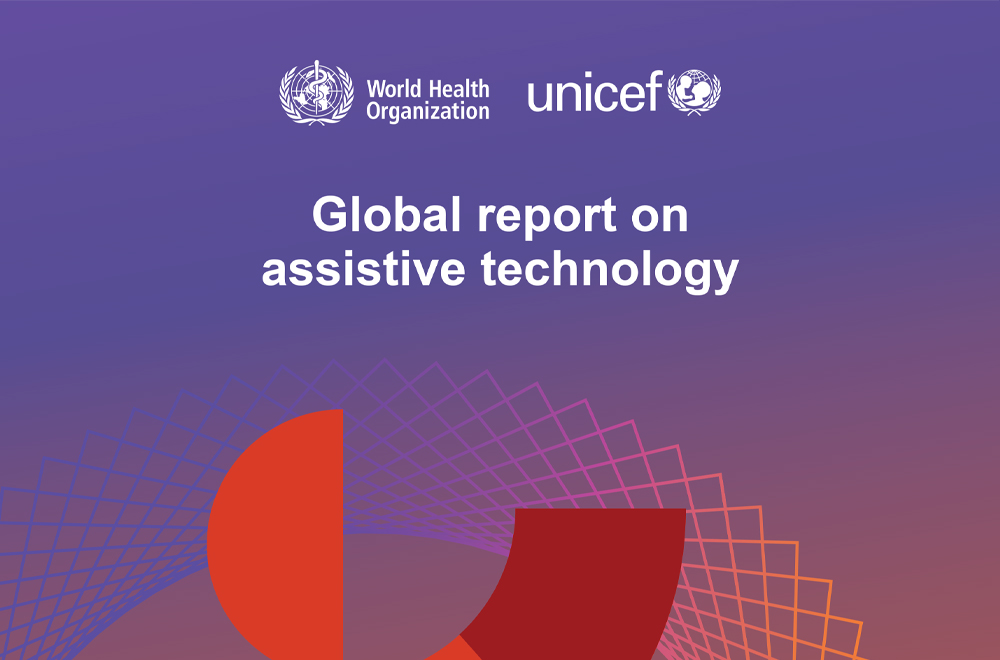For the first time a report has been made available that gives a global snapshot of the assistive technology sector. The World Health Organization The Global Report on Assistive Technology, made 10 key recommendations intended to make AT a reality for all those in need and illustrates the access to and preparedness of countries to support AT.
There were 70 member countries responding to the report about their AT systems, including Australia.
“This is ground-breaking as, for the first time, we have a global report which offers a baseline about the unmet need for assistive technology,” Dr Natasha Layton told F2L. Layton is the international lead of ARATA, Australia’s peak body for assistive technology.
“For both low and-middle income countries, and for high income countries like Australia it gives valuable direction about how to improve access to AT products and services.”
She said multi-level action is required now and the report would be essential reading for AT users and their families that will enable them to go to their AT providers with information about what best practice is needed for getting their AT delivered well.
“Everyone in the AT ecosystem will benefit from this global report. This includes suppliers and practitioners who recommend these products seeking to find current evidence of good practice. Policy makers in government will also find important directions to improve efficiency of expenditure on AT, at the same time as meeting Australia’s obligations under the CRPD (Convention of the Rights of Persons with Disability).
“It will give the Australian Government a strategy to measure the unmet need for AT in Australia through instruments such as the rapid AT Assessment tool (rATA) provided by WHO,” Layton said.
Among the recommendations made in the report were: Measuring access to AT with improvements on affordability, availability and support for people to obtain the AT they needed; Identifying barriers to AT; Improving the AT system; Preparing for AT in humanitarian crises, and Creating enabling environments.
Almost all countries had at least one piece of legislation on access to AT and most had a public budget allocated to AT and a financing mechanism to cover or partly cover AT costs. However, there were large gaps in service provision and trained workforce for AT particularly in the domains of cognition, communication and selfcare.
Currently, 2.5 billion people need AT worldwide and by 2050 this number will reach 3.5 billion, with great disparities in access to AT between low and middle-income countries and high-income countries. For some low and middle-income countries access to AT for those who need it is as low as 3 per cent, while in high-income countries those without access is much lower, with up to 90 per cent of people receiving AT and services.
Download the report here: https://apps.who.int/iris/handle/10665/354357

